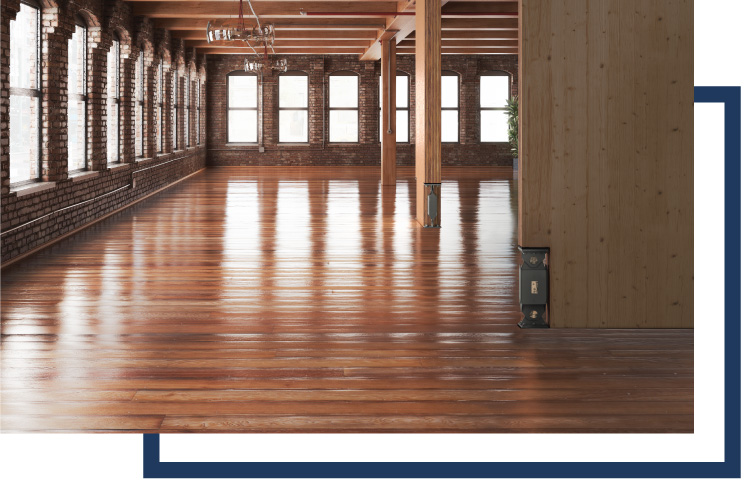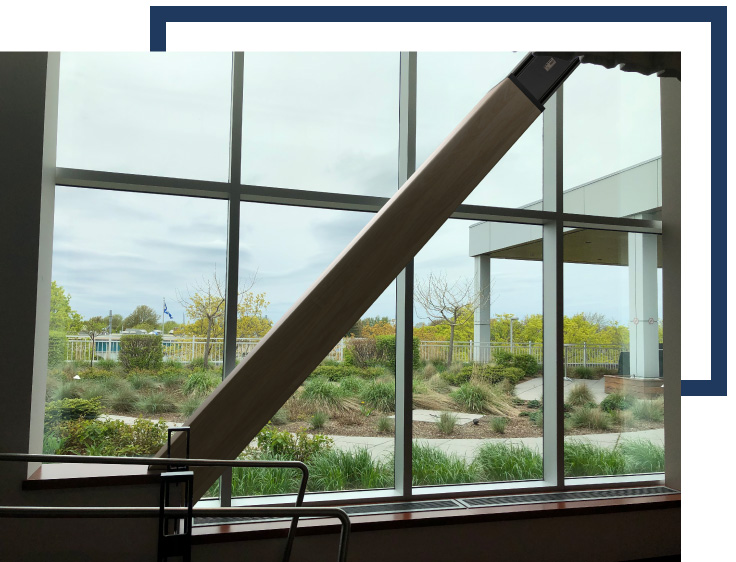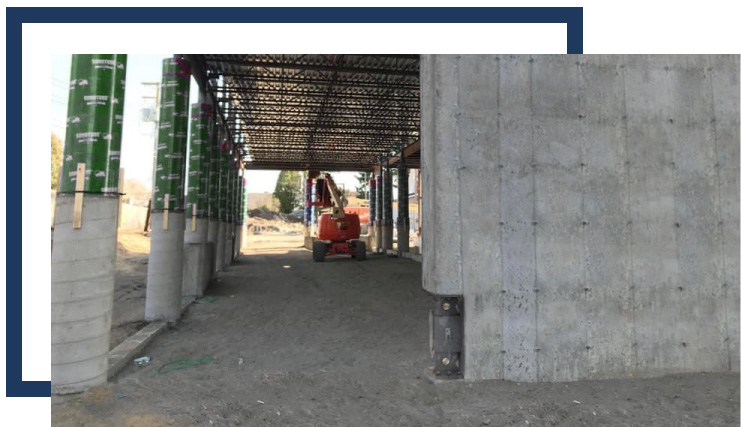Sustainable mass timber construction for seismic design
As environmental and social sustainability goals come to the forefront of our society, mass timber construction presents an opportunity to attain comprehensive resilience within reasonable constructions costs. Mass timber construction can help to lower a building’s carbon footprint both through initial construction and through improvements in energy consumption due to its heavy and compact isolation envelope. Despite these advantages, its use as a seismic force resisting system (SFRS) continues to be limited given the uncertainties of its ductile capacity using conventional construction. The challenge is that most of the investments in terms of sustainability related to climate action and sustainable cities and communities are usually at risk due to earthquake hazards. This is because seismic design, for the most part, continues to be applied in buildings just to safeguard life at the expense of structural damage. So, the structures, unless specified as such by the owner, are not necessarily resilient and sustainability related assets in the buildings (energy equipment, thermal isolation, exterior walls, services, etc.) are expected to be damaged in seismic events.
Therefore, resilient seismic design continues to be incorporated in mass timber construction to mitigate the uncertainty in ductile behavior. For this, CLT panels forming CLT shear walls as an SFRS progressively improve the design approaches to provide ductility either in the form of CLT panel segments or in the form of better connection detailing for the hold downs at the edges of the CLT panel. Although damage continues to affect the investments in the building, more certainty in the collapse sequence of a mass timber construction using CLT shear wall is achieved.


Another option is to avoid or reduce damage in the CLT shear wall in the case of an earthquake. Instead of counting with the damage in the hold downs and in the edges of the CLT shear wall due to bending behavior, a resilient connection or hold down can be incorporated so that any kind of deformation: bending, shear or rocking wall type occurs without causing significant damage to the wall itself. The deformation expected that would other wise damage the CLT shear wall and the hold downs can be instead concentrated in the reslient CLT panel connection.
Considerations in seismic design for resilient mass timber structures
The amount of response modification for a CLT shear wall or, any laminated timber panel wall in general, will vary depending on the hold down connection used or whether the wall will work as a rocking wall. In the case of a regular damage-based nailed connection hold down, the NBCC offers guidance for nailed laminated timber panels shear walls of a total R factor of ~ 5.1. CLT panels are still subjected to research, however several experiments indicate response modification factors in the order of R~3 to 4 (e.g., Tsuchimoto et al 2014, Popovski 2015, van de Lindt et al 2020, etc.).
In both cases, considerable damage is to be expected either in the laminated timber shear wall or concentrated in the hold-downs, connectors, and fasteners.
As long as it is properly tested before installation, the same level of response modification or higher could be expected from a resilient connection. Consequently, the engineer can replace the sacrificial ductile hold-down by a seismic brake, ideally a high-fidelity Tension-Compression one (Ten-Co) to have the additional advantages of supplemental damping. In addition of avoiding damage in the CLT shear wall, significant additional energy dissipation can be created. When a Ten-Co seismic brake is used as a resilient hold down connection, the structure can remain fairly elastic thereby allowing it returning back to its balanced position (lowest energy state) after the earthquake. It allows the protection of the rest of sustainability related investments in the building.
An alternative option with lower device cost could be replacing the sacrificial hold-down by a friction spring or a friction spring-like mechanism. Since it is assembled with readily available and mass produced off-shore components (e.g., basic springs and washers), cost of the device can be reduced significantly. Although the response is not as stable as the Ten-Co seismic brake (image below right), it can concentrate the damage in the device at the cost of overdesigning connecting element to resist the natural excess over strength in the device itself. It can be replaced and remounted with minimal intervention. In contrast, a nailed hold down connection in the CLT shear wall would present nailed yielding and withdrawal in the best cases, that will inevitably cause a more complex repair.
Given the shorter projected device life, a maintenance/replace program should be prepared to account for any uncertainty as only prototype testing is generally feasible. The response force-displacement relationship is not entirely similar to the actual nailed hold down behavior envelope, therefore, nonlinear time history analysis is recommended to establish appropriate structural response. Careful attention should be given to the connection’s final design response force as considerable increase is expected (see image below left). Brittle failures in connections can be avoided with the nailed hold down recommended over strength of 2.5-3x, used to calculate connection and foundation demand, in the absence of accurate nonlinear analysis.
Please don’t hesitate to consult with us regarding the resilient connections available.


Height restrictions in seismic design of mass timber construction
In general, CLT shear wall and laminated timber with resilient connexions are used as SFRS in buildings of 2 to 4 stories given the available knowledge base. In buildings between 2 to 4 stories, the behavior in the CLT shear wall is closer to what is modelled, a complete body CLT panel from bottom to top. The modelling can get become more complex and CLT panel sections perhaps unfeasible as the height of the projected building increases. In such cases, the engineer is often better off switching from the CLT shear wall SFRS to a braced frame. The SFRS instead takes advantage of the Yielding Restrained Brace (YRB) concept where the seismic brake is connected to a wood or laminated timber brace. The behavior of the seismic brake, ideally a Ten-Co, is well understood and the laminated timber brace is stiff enough and can be easily detailed with respect to the stable Ten-Co response force.
Resilient concrete shear walls
In some cases, the entire structure can be built using CLT panels, or other mass timber construction form, for columns or beams while the SFRS can be made of concrete shear walls. In these cases, most of the initial sustainability goals can still be achieved as only the SFRS walls are concrete. The resilience is also in place because the damage in the compression or confinement zones of the wall is avoided with the use of the seismic brake. These types of walls behave either as an entire shear wall along of the building height or they are sometimes designed as a rocking shear wall with post-tensioned rods at the mid spam to achieve rocking behavior. In either case, the damage usually concentrated in the bottoms of the shear wall is avoided and the structure will be resilient to earthquake hazards.

